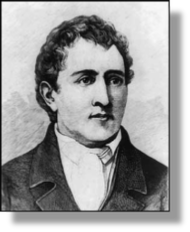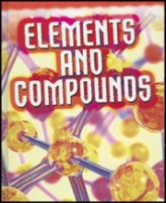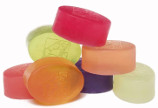


CARL WILHELM SCHEELE 1742 -
xxxxxThe Swedish chemist Carl Wilhelm Scheele was the first to discover oxygen in 1772, but his findings, contained in his Chemical Observations and Experiments on Air and Fire, were not published until 1777. By that time the Englishman Joseph Priestley had claimed the credit. An apothecary by trade, he taught himself chemistry, and reached such a high standard that in 1775 he was elected to the Stockholm Royal Academy of Sciences. In his short life -
 xxxxxThe Englishman Joseph Priestley took the credit in 1774, but it would seem that the Swede Carl Wilhelm Scheele was the first chemist to discover oxygen. In his book Chemical Observations and Experiments on Air and Fire, compiled around 1772 but not published until five years later, he concluded that the atmosphere was made up of two gases: One which supported combustion -
xxxxxThe Englishman Joseph Priestley took the credit in 1774, but it would seem that the Swede Carl Wilhelm Scheele was the first chemist to discover oxygen. In his book Chemical Observations and Experiments on Air and Fire, compiled around 1772 but not published until five years later, he concluded that the atmosphere was made up of two gases: One which supported combustion -
xxxxxScheele was born in Stralsund, then the capital of Swedish Pomerania. After being apprenticed to an apothecary for eight years, he then worked as a pharmacist in Malmo, Stockholm and Uppsala, during which time he studied and acquired an exceptional knowledge of chemistry. In 1775 he was elected to the Stockholm Royal Academy of Sciences, and it was then that he became the proprietor of a pharmacy in the town of Köping on Lake Malären.
xxxxxIn what turned out to be a short working life -

xxxxxIncidentally, in 1783 Scheele actually stumbled on the modern day process of making soap when he boiled olive oil with lead oxide and produced a sweet smelling substance known today as glycerine.
Acknowledgement
Scheele: date and artist unknown – Library of Congress, Washington.
G3a-


